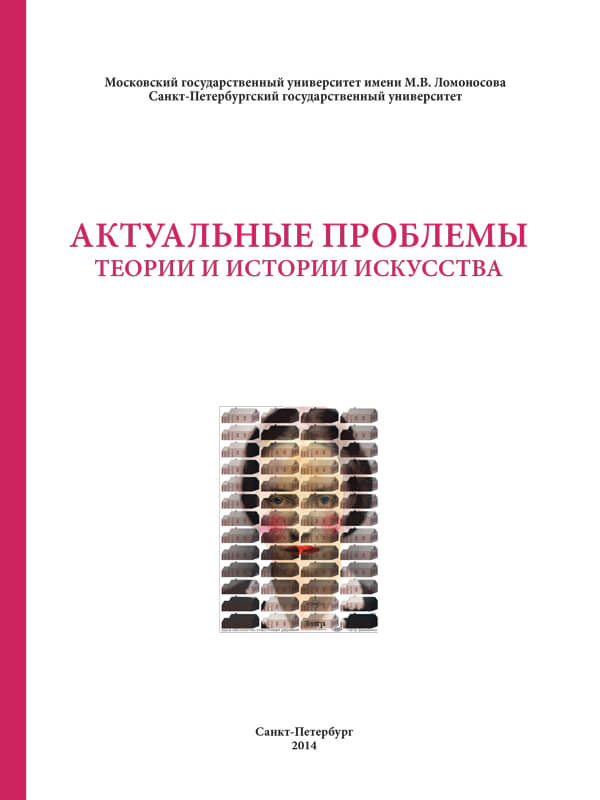Anton Ehrenzweig and the Problems of Psychology of Abstract Art
Keywords:
art theory, psychoanalysis, abstract art, creative process, methodologyAbstract
There is a question of the creative process behind every work of art. The main purpose of this paper was to show how general principles of psychoanalysis can be used to explain the phenomenon of artistic creativity. The most intriguing is however the question of the creative process behind the abstract art. Our research is based on Anton Ehrenzweig’s theory. In his book “The Hidden Order of Art” he underlines that creative capacity is linked to the power of abstraction, and the abstract art is born in the deeply unconscious layers of a mind. Primitive undiff erentiation turns into an instrument of the artist. Using the example of Piet Mondrian's paintings we tried to prove that close contemplation of nature is the true origin of the undiff erentiation, so the appearance of the abstract art in the 20th c. was partly caused by the development of the landscape painting in European art.
References
Ehrenzweig A. The Psychoanalysis of Artistic Vision and Hearing. New-York, Geo. Braziller, 1953. 272 р.
Ehrenzweig A. The Hidden Order of Art. Berkeley, Los Angeles, University of California Press, 1967. 306 р.
Freud S. Artist and Visions. Aesthetics and Th eory of Art of the 20th Century. Moscow, Progress-Traditsiia, 2007, pp. 334–343 (Russian translation).
Gombrich E.H. Meditations on a Hobby Horse. London, Phaidon, 1963. 183 р.
Neumann E. Kunst und Schöpferisches Unbewusstes. Zürich, Rascher Verlag, 1954. 166 р.
Stokes A. Form in Art. New Directions in Psychoanalysis. London, Tavistock Publications, 1955, pp. 406–420.


